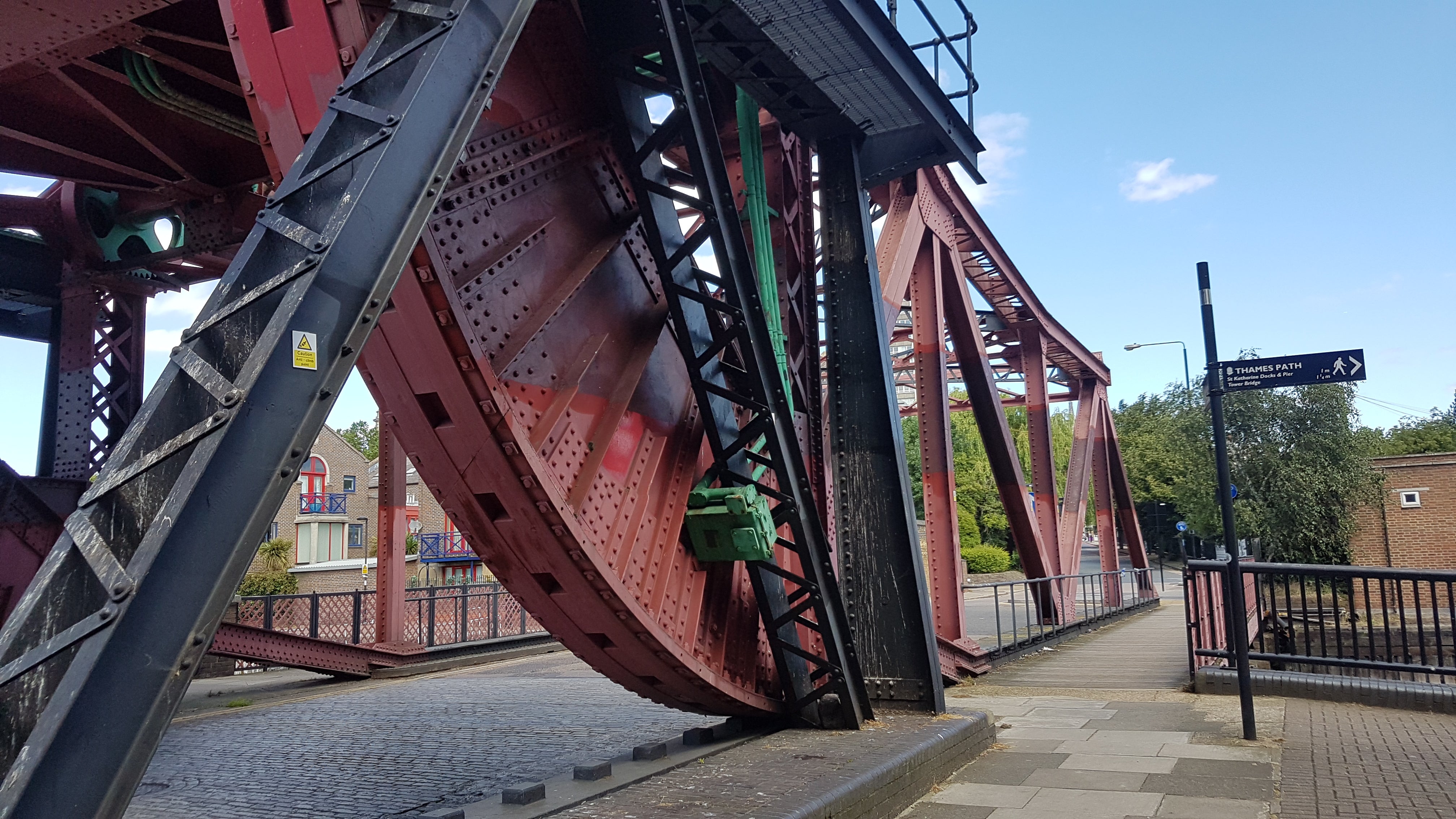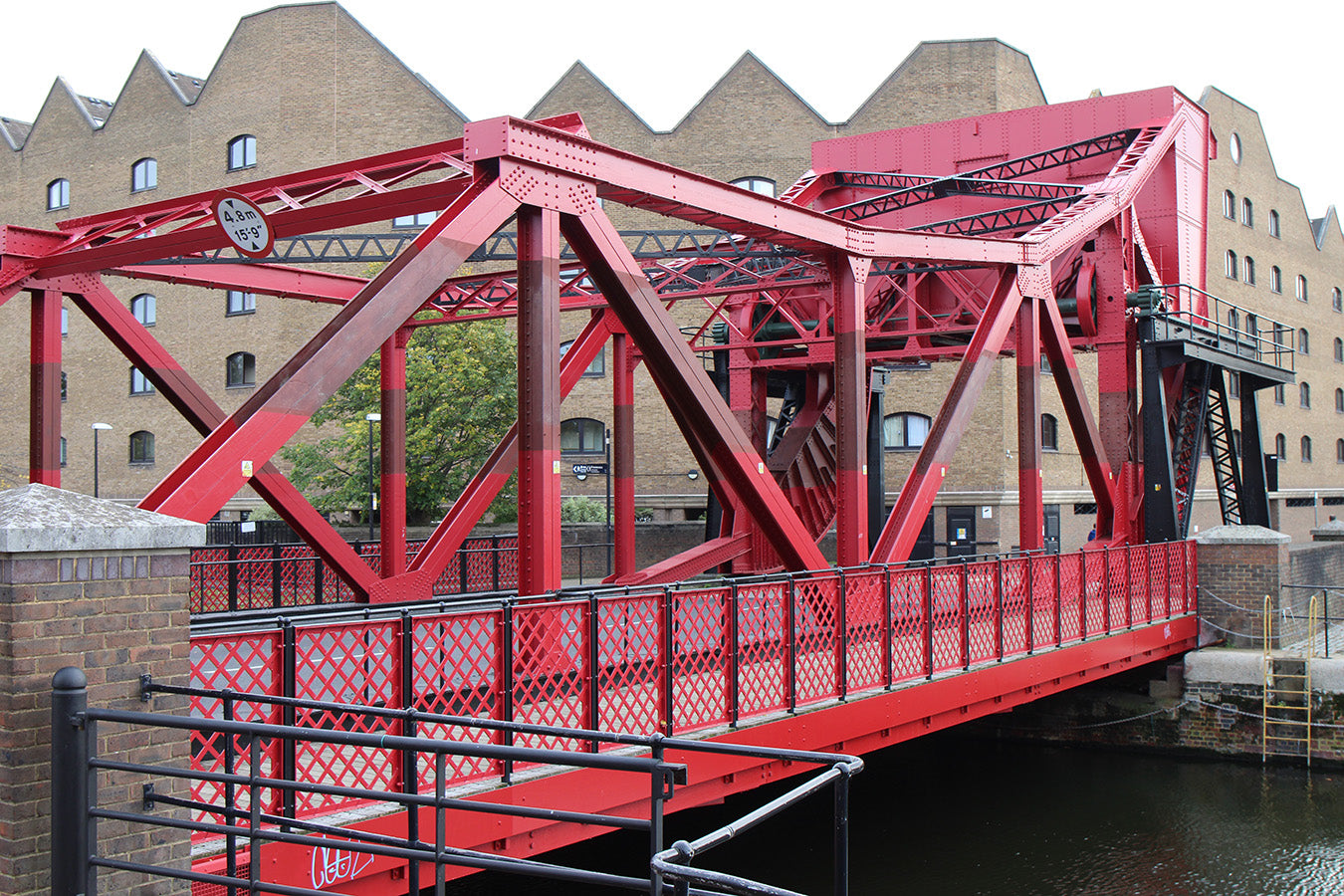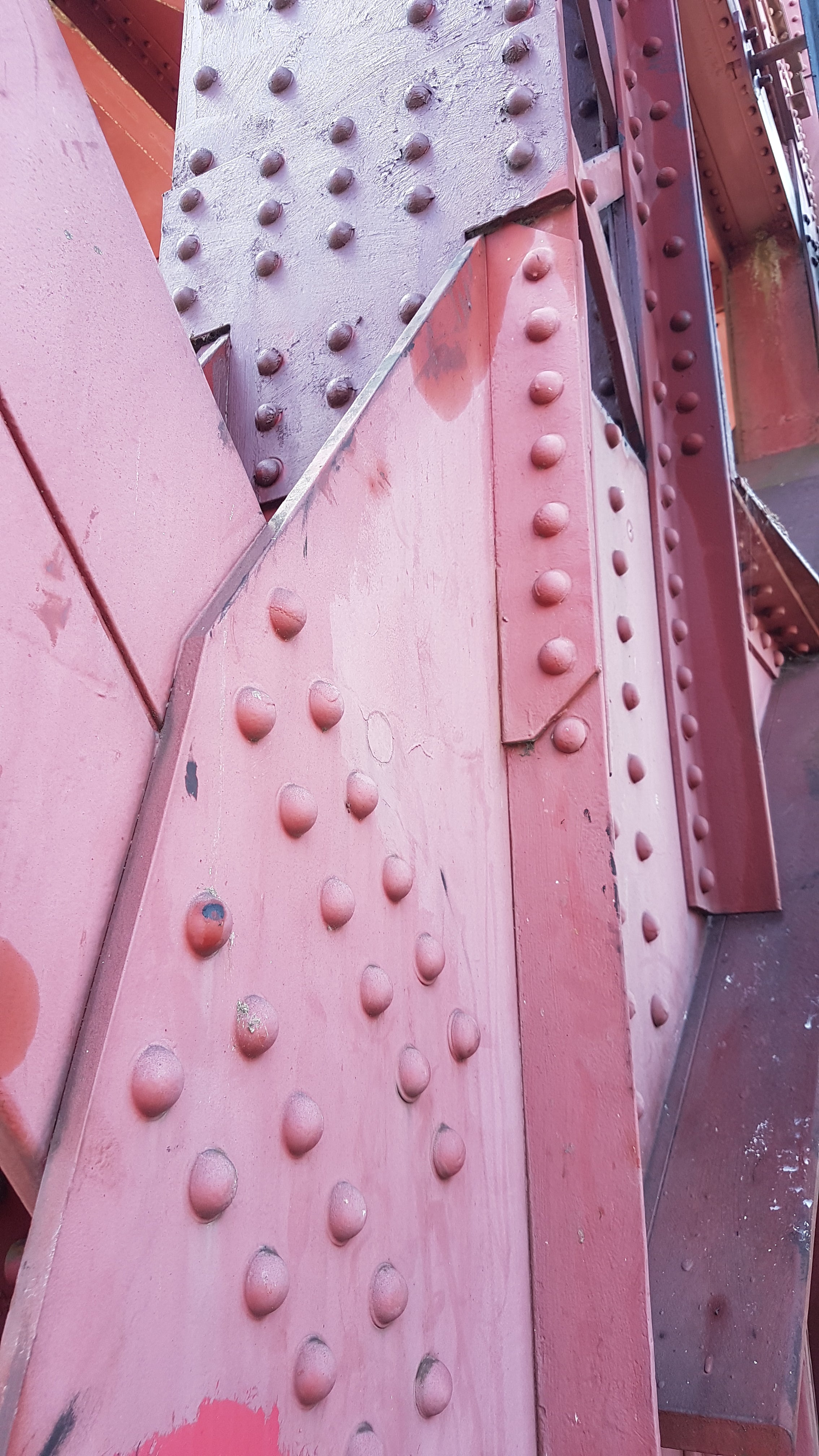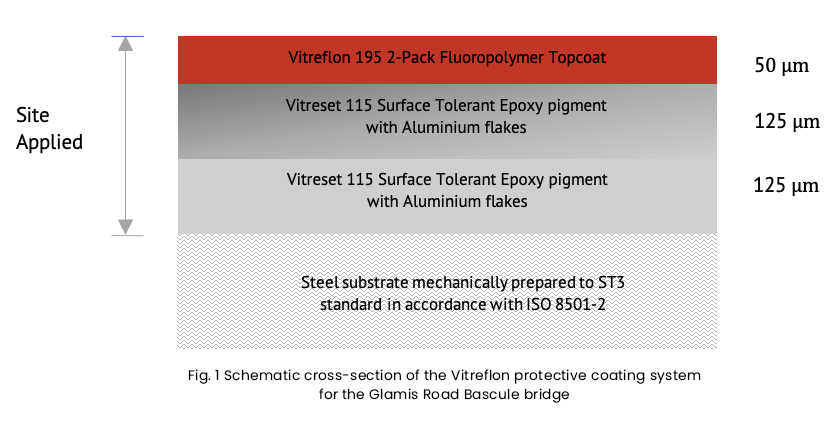Customer
Glamis Road Bascule Bridge
Location
Shadwell basin, East London
Product Used
Fluoropolymer Protective Coating
Contractor
Industrial Coating Services
Asset Owners
London Borough of Tower Hamlets




The Rugged Glamis Road Bascule Bridge In East London Is One Of The Most Distinctive Landmarks Of The London Docklands Area. Built As A Movable Bridge By The Port Of London Authority (PLA) In The 1930s, It Was Part Of An Infrastructure Development Plan To Improve The Prospects For The Working-Class Families And River Workers Of The Docklands During The Great Depression.
For Over 50 Years, The Bascule Bridge Remained One Of The Few Transport Links For The Peninsular Area. While The Area Suffered Major Devastation During The Luftwaffe Bombings Raids Of The World War II, It Survived The War With Minor Damages. The Bridge Continued In Operation As A Moving Bascule Bridge Till The 1980s After Which It Was Restored As A Fixed Bridge By The London Docklands Development Corporation (LDDC).
What is Bascule Bridge
Bascule is a word derived from the French word for ‘rocker’ or ‘see-saw’. As the name suggests, these bridges operate by rolling back on a curved base to lift and let ships and boats pass underneath. While the more popular of bascule bridges like the Tower bridge of London work with two leaves which open on two sides of a span and meet in the middle, the Glamis Road bascule bridge falls under the category of Scherzer bridges which operate on a single leaf.
These bridges typically have a water-filled counterweight above their tail which allows them to roll back like a rocking chair and then tilt all the way through to a full 90 degrees. While some Scherzer bridges were powered by hydraulic motors, the Glamis Road bridge worked on electric motors which would wind the bridge back along tracks on either side with cogs on the rolling surface holding it in place without slipping.
Extending Asset Life With Fluoropolymer Protective Coating
“Characterful as they are, the protection and maintenance of moving bridges like the Glamis Road Bascule Bridge is especially challenging due to their complex design compared to modern bridges with large flat surfaces,” says Mark Hearn, Technical Director of Unova Ltd.
“Design differences and the extensive use of small structural components, fasteners and other detailing sometimes act as moisture and debris traps - making them especially vulnerable to corrosion damage. Add to it the difficulty in access for frequent protective maintenance, the choice of protective coating systems becomes a critical factor in ensuring the continued serviceability and integrity of the bridge.”
“When the London Borough of Tower Hamlets approached us for a high-performance coating, the emphasis was on a coating system that can provide exceptional corrosion-resistance and weatherability to minimise the number of recoating cycles and ensure a continued serviceable life for the bridge.”
Having proved itself as an exceptionally robust and durable coating for infrastructure projects across the world, it was decided to specify A&I Coating’s Vitreflon protective coating system – including a fluoropolymer topcoat, a surface tolerant epoxy mid-coat and primer with aluminium flake technology for enhanced durability and protection from corrosion and UV damage.

The Specifications
The Vitreflon protective coating systemfor the Glamis Road Bascule Bridge consisted of a primer, stripe coat, undercoat and a finish coat – with each layer designed to perform a specific function.
PRIMER
The primer Vitreset 115 Surface tolerant Epoxy was recommended to be applied onto the steel surface which was mechanically prepared to an ST3 standard in accordance with ISO 8501-2.
Being a primer with exceptional wetting properties, Vitreset 115 provides good adhesion to subsequently applied coats. The aluminium flakes in the coating work by creating an intricate leaf-upon-leaf structure, providing a nearly impenetrable barrier to moisture and oxygen - preventing corrosion initiators from passing through to the substrate underneath.
STRIPE COAT
Vitreset 115 Surface tolerant Epoxy was again applied as a stripe coat to the edges, fasteners, welds, and other irregular areas.
INTERMEDIATE COAT
An Intermediate coat of Vitreset 115 Surface tolerant Epoxy was then applied to build the total film thickness of the system. The aim of this undercoat was to decrease permeability to oxygen and water, improve tensile strength the enhance overall protection.
FINISH
Topcoats generally provide the required aesthetic appearance and resistance to the system – acting as the first line of defence against weather and sunlight, open exposure, and condensation. Vitreflon 195 fluoropolymer topcoat, in this case, also offers additional protection by encapsulating the layers beneath from corrosion and UV damage.
The bond energy of the carbon-fluoride molecules in fluoropolymer coatings is several times higher than that of ultraviolet rays, which gives the coated surface the natural ability to withstand UV degradation and retain colour for up to 60 years compared to 15-20 years for traditional paint.
Add to it the anti-graffiti properties of the coating and the corrosion-resistant properties of the layers combined, the Vitreflon coating system is expected to play a significant role in keeping this historic structure protected and in serviceable condition for years to come.
The refurbishment work for the Glamis Road Bascule bridge commenced in November 2019 and was completed in January 2020 by contractors, Industrial Coating Services. For more information about A&I Vitreflon fluoropolymer coating systems, please get in touch with our expert team on 01753 584 500 or email us at sales@unovaproducts.com.

